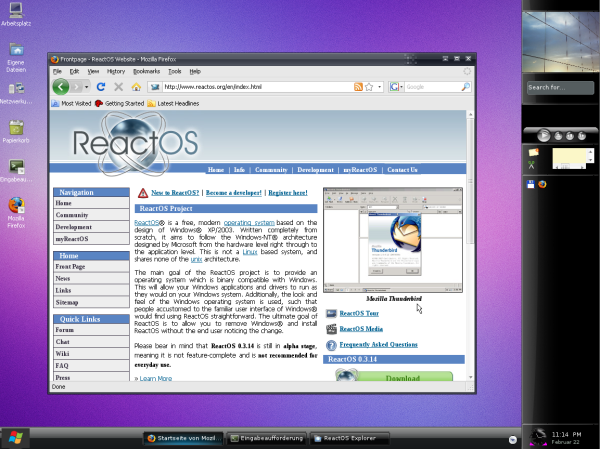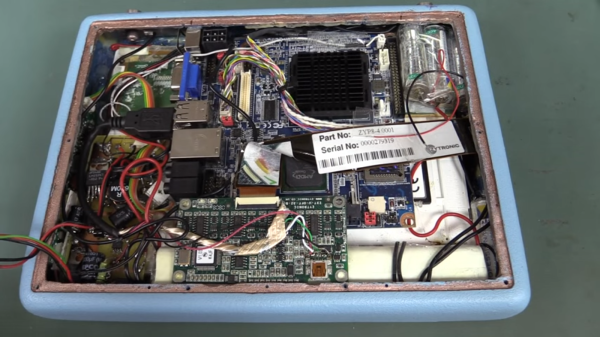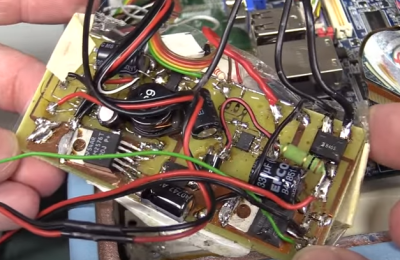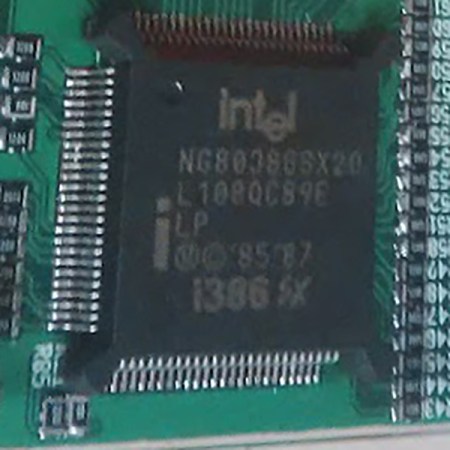We know what you’re thinking – case modding is so 2004. You can forget all the silly paint jobs, windows, and lighted spinning fans that’s you’ve seen in the past. That all seems like child’s play compared to what [Complx] has created over on the overclock.net forum.
Using a mixture of 3D-printed plastic corners and a laser-cut acrylic top, bottom and sides, [Complx] was able to create a very pleasing design. He didn’t have access to a 3D printer large enough that would make the parts, though, so he decided to outsource that task. His first set of parts were printed on a Makerbot Replicator, but came out too coarse and so he set out to find a better printing method. After getting quotes of $2000 or more, he was about to call it quits when he found someone with Stratasys Fotus 250 who was willing to work with him on the price, but still provide a quality print.
The guts of the machine aren’t too shabby either. We know everyone loves a parts list so here you go: It’s an ASUS Z97I-Plus and a i7-4790K, running a GTX 970 with a 600 Watt power supply, 8GB RAM and a couple of SSD drives.
We have to commend [Complx] on his documentation, photos and videos. It really makes this build shine. You can watch an 3d animation of the build after the break.
Continue reading “3D Printed Computer Case Brings Sexy Back”







 The tablet is based upon an off-the-shelf embedded PC motherboard and touchscreen controller. [Dave] took some offense at the hacked up USB connector on the touchscreen. We have to disagree with [Dave] a bit here, as the video seems to show that a standard mini-b connector wouldn’t have fit inside the tablet’s case. There’s no excuse for the USB cable shield draped over the bare touch controller board though. Things go downhill from there. The tablet’s power supply is best described as a bizarre mess. Rather than use a premade DC to DC converter, whoever built this spun their own switch mode power supply on a home etched board. The etching job looks good, but everything else, including the solder job, is beyond terrible. All the jumps and oddly placed components make it look like a random board from the junk bin was used to build this supply.
The tablet is based upon an off-the-shelf embedded PC motherboard and touchscreen controller. [Dave] took some offense at the hacked up USB connector on the touchscreen. We have to disagree with [Dave] a bit here, as the video seems to show that a standard mini-b connector wouldn’t have fit inside the tablet’s case. There’s no excuse for the USB cable shield draped over the bare touch controller board though. Things go downhill from there. The tablet’s power supply is best described as a bizarre mess. Rather than use a premade DC to DC converter, whoever built this spun their own switch mode power supply on a home etched board. The etching job looks good, but everything else, including the solder job, is beyond terrible. All the jumps and oddly placed components make it look like a random board from the junk bin was used to build this supply.








